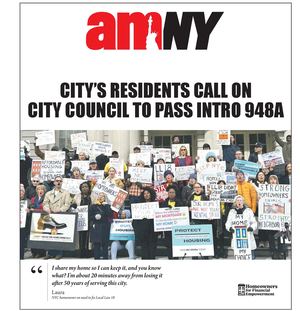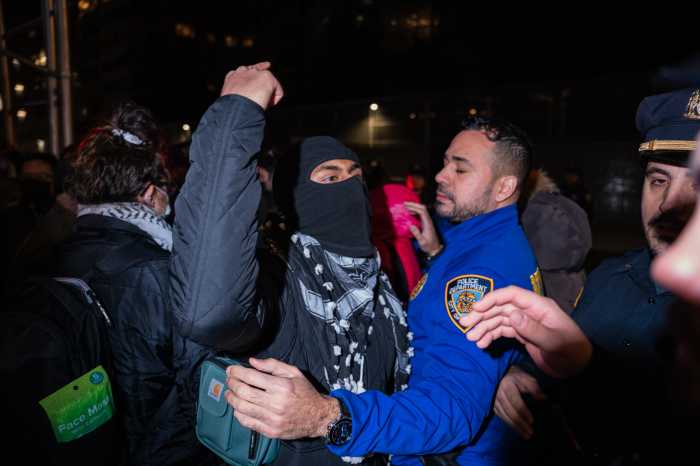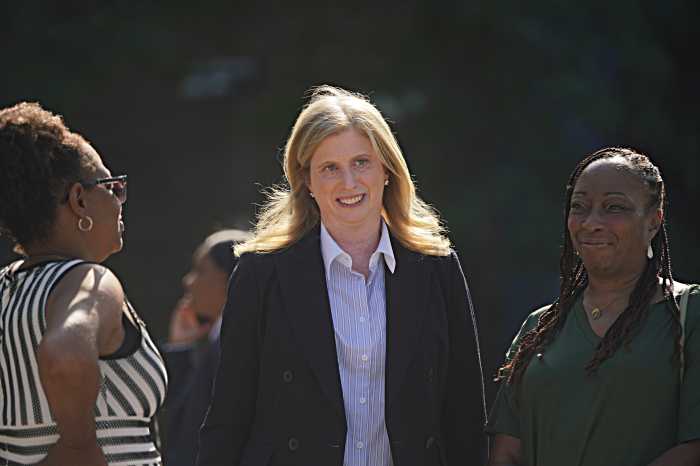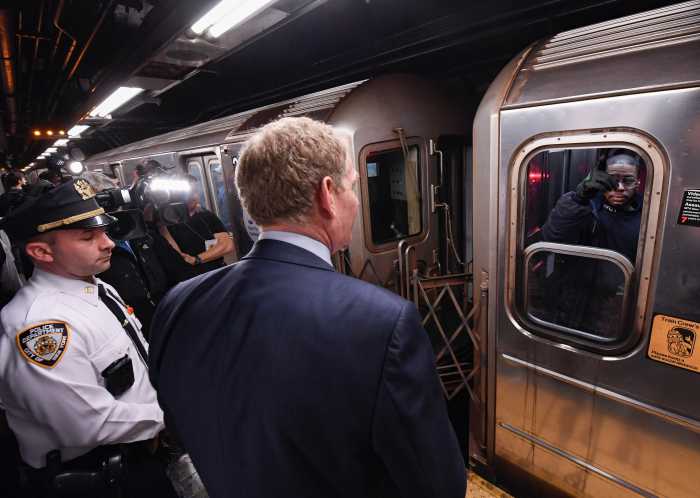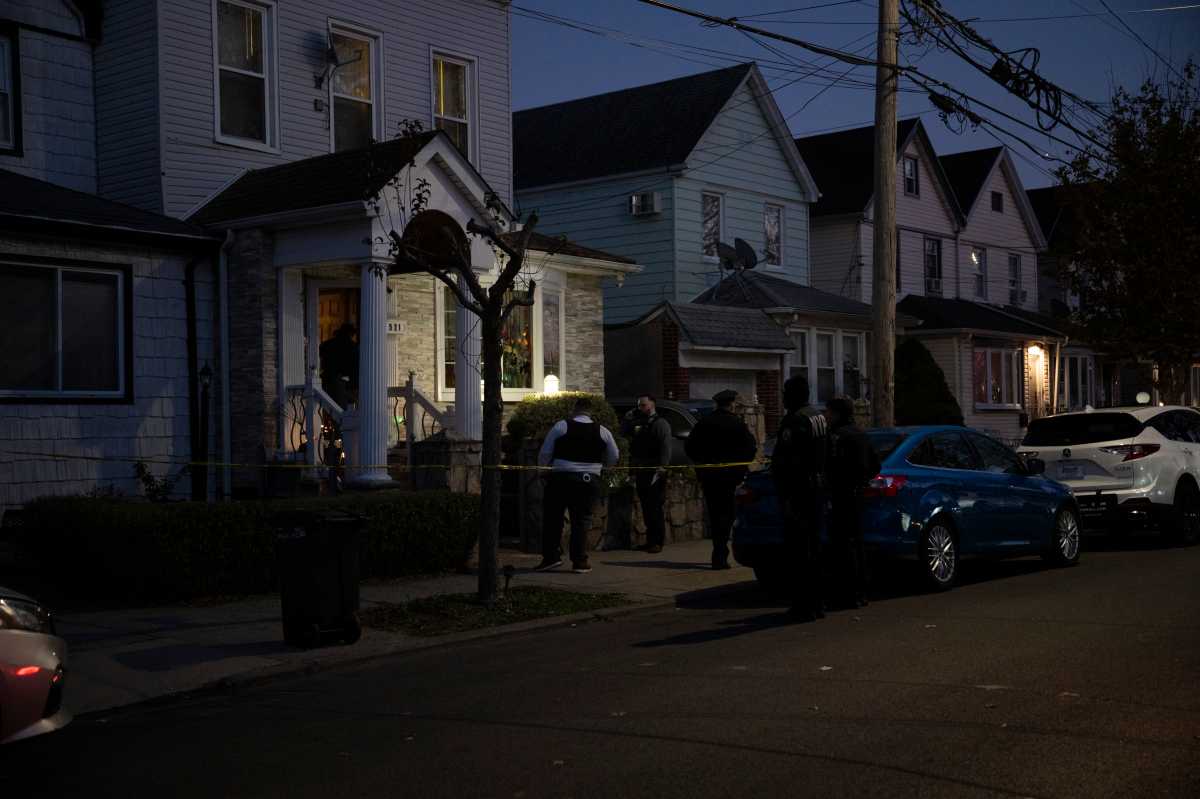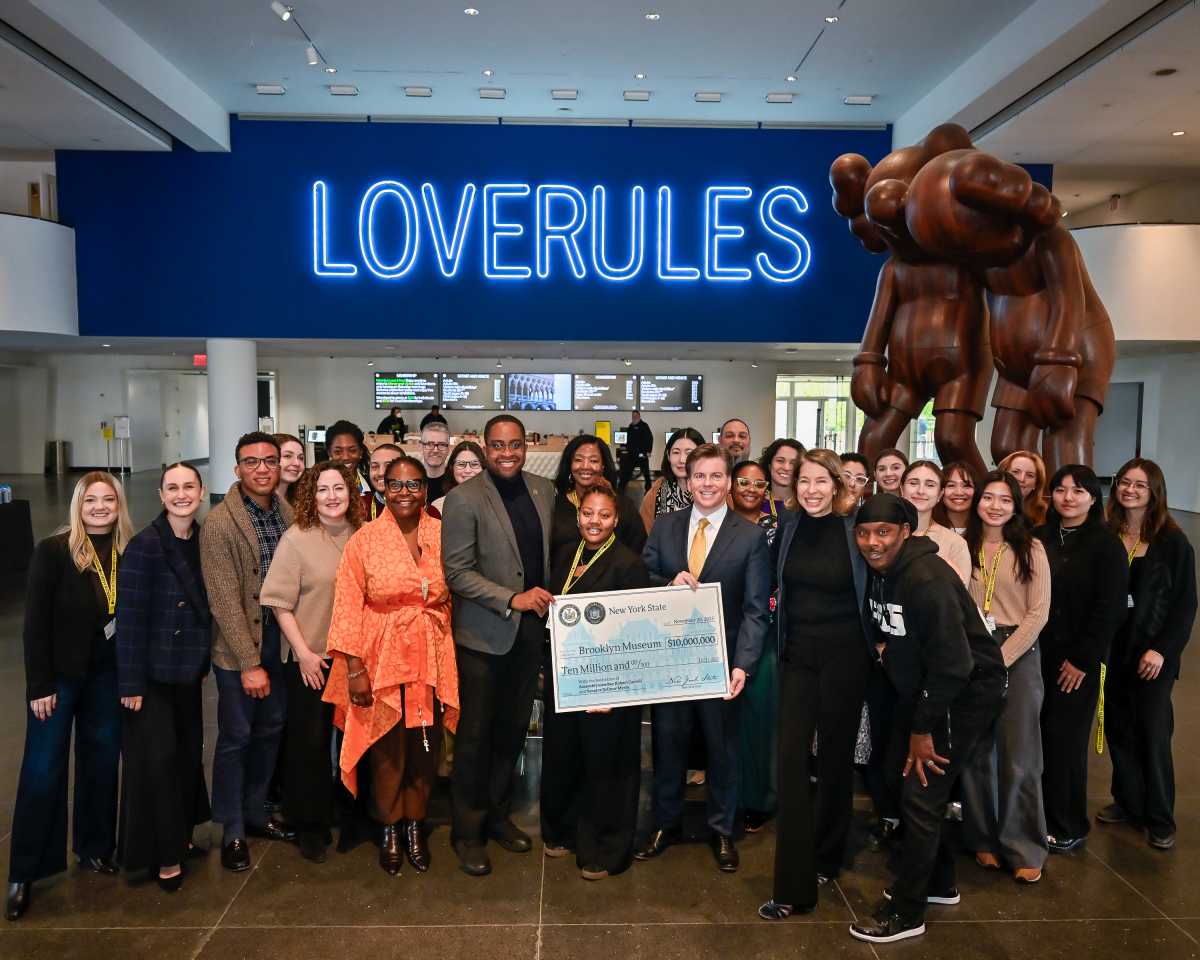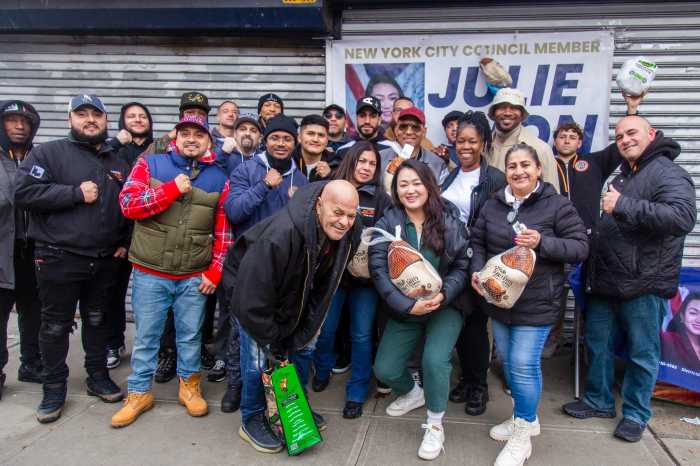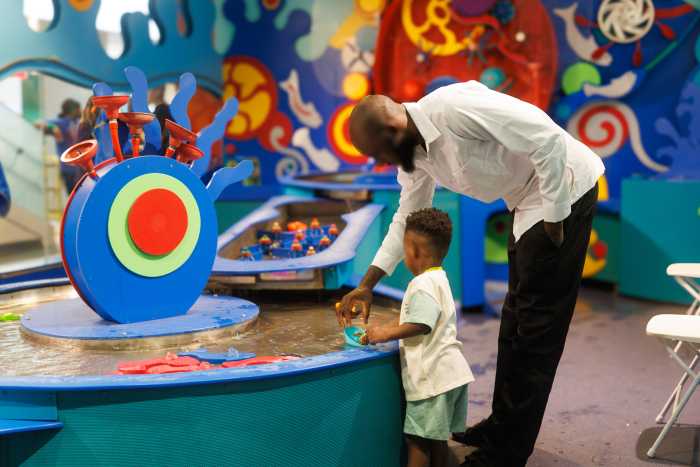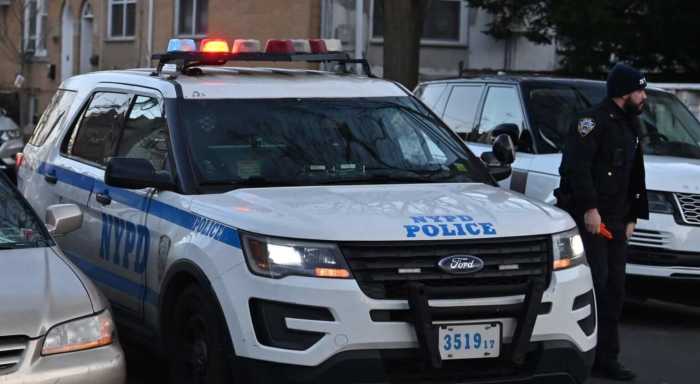
There will be no monumental changes.
Mayor Bill de Blasio’s “monuments commission” came back last week with recommendations for the fate of a few statues and historical memorials. That included markers for Christopher Columbus and the French general Philippe Petain. In the end, stone mostly proved solid.
The review has its origins in August’s white supremacist rallies in Charlottesville, Virginia, over the removal of a Confederate memorial. De Blasio saw an opening for the national spotlight, and in a tweet, he promised a 90-day review of “all symbols of hate” in NYC.
He soon realized that history is complicated. Gray areas abound, and there are few benefits from erasure.
In the end, the panel soberly suggested a thoughtful process for how the city should evaluate its memorials, and suggested adding monuments and explanatory material to put history into context. The commission also suggested leaving a handful of particularly controversial markers — including Columbus’ and Petain’s — where they are, while moving a statue of 19th century doctor J. Marion Sims, who experimented on slaves, from Central Park to Brooklyn’s Green-Wood Cemetery.
De Blasio smartly agreed to most of the recommendations. Now, the bureaucratic process of planning for explanatory plaques and a potential Sims replacement grinds into gear.
The lesson: The past isn’t dead. It’s not even past. Our shared history is actually a fertile and sometimes ugly battleground for current grievances, which is why we care so deeply about pigeon-perch sidewalk decorations.
We all see symbols in different ways: Is Columbus a shorthand for Italian-American contributions, for example, or an ugly reminder of colonialism? We want our streetscape to stand for what we believe. That can happen for more New Yorkers with added context for these figures, a worthy goal, far better than trying to erase them entirely.
If we did that, we risk forgetting what we found objectionable in the first place.
